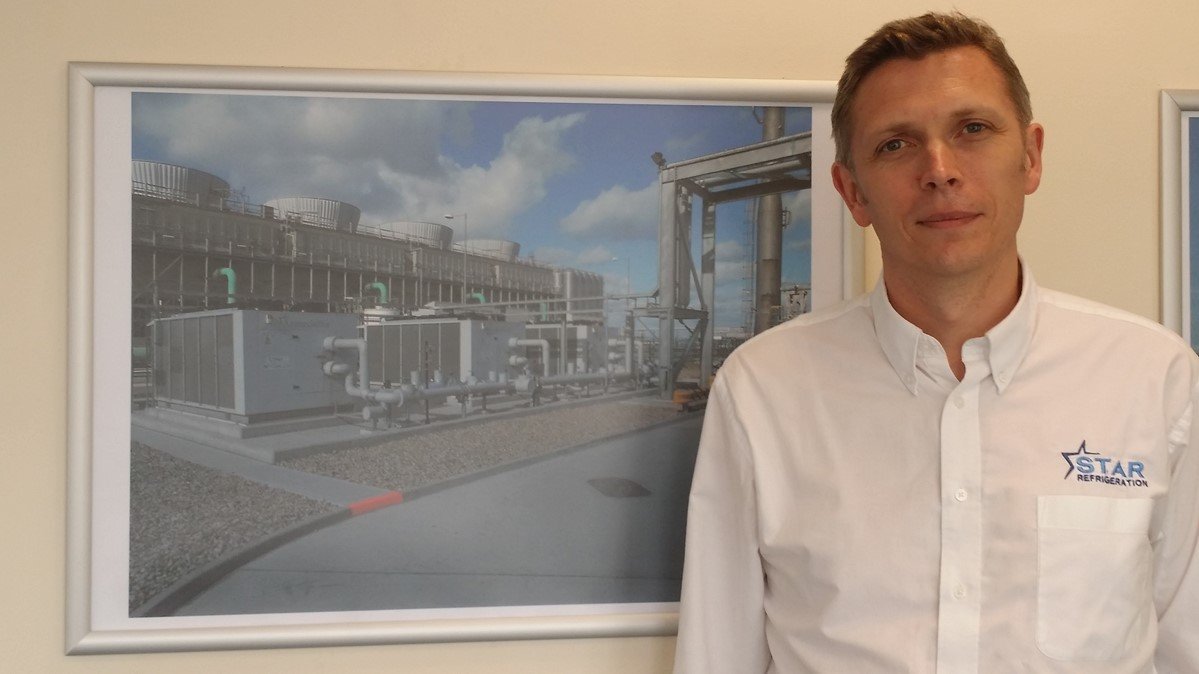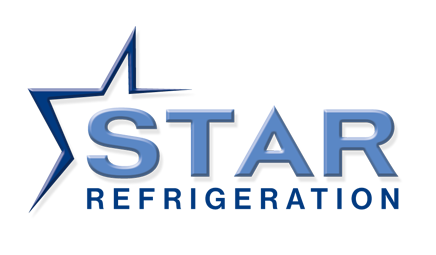Low Charge Ammonia Refrigeration Sets Off the Cool Face of the Cold Chain at IIR 2016

The phase out of ozone depleting refrigerants and increasing legislative pressure on the use of HFC refrigerants has resulted in a surge in interest in the use of modern, low charge ammonia for temperature controlled storage, distribution and food production facilities. The revolutionary technology is expected to change the face of the refrigeration industry as the latest developments in low charge ammonia break even the most astringent energy efficiency targets set by the European Commission by more than 50%.
Representing the UK’s archetypal name in industrial refrigeration, Star Refrigeration’s Dr Rob Lamb will present a keynote speech on low charge ammonia at New Zealand’s upcoming IIR Conference on Sustainability and the Cold Chain (ICCC). As the company’s Group Sales and Marketing Director, Lamb will shed light on the rapidly expanding low charge ammonia technology landscape, and the environmental, legislative, safety and low life cycle cost benefits of modern ammonia chillers.
Held from April 7-9, 2016 marks the fourth instalment of the annual ICCC Conference. As a global meeting place for cold chain stakeholders, the event addresses cumulative demand for knowledge-sharing in the refrigerated future of the sector.
Spotlighting cold chain refrigeration equipment, including innovative technologies, life-cycle analysis of cool chain systems, energy efficiency and more, the conference will host an international audience of manufacturers, researchers, end-users and environmentalists. On the morning on Thursday April 7, Lamb will step up to initiate the conference with a presentation on low charge ammonia and its growing dominance in the industrial refrigeration sector.
As the phase out of ozone depleting refrigerants gains momentum, low charge ammonia has materialised as a safe, efficient and eco-friendly solution for temperature controlled storage and food manufacturing worldwide. Taking a rounded approach, Lamb will begin by exploring what the term “low charge” means for ammonia systems. Using an in-depth knowledge of the industrial refrigeration market gained over years of award-winning research, design and installation of low charge ammonia systems across Europe, he will look at the various factors driving the transition to low charge ammonia over traditional HFC systems. Legislation is a key dynamic, with R22 phaseouts, incumbent HFC restrictions, recent high profile accidents in high charge ammonia facilities and burdening legislation surrounding the use of high amounts of ammonia, all forcing businesses to select more sustainable solutions.
“As far as we’re concerned, low charge ammonia is the refrigerant of the future. By sharing Star’s innovations, opinions and predictions at high profile events such as the ICCC, we hope to advocate for the technology and continue to pioneer for worldwide adoption of cleaner, greener and safer industrial cooling solutions.”
Reflecting on the company’s innovative outlook, Lamb will conclude with an overview of future developments set to shape the low charge ammonia revolution being led by recent innovations in the field. The newest, most modern low charge ammonia solutions are breaking efficiency targets by more than doubling the EU’s minimum energy efficiency rules set for 2019. While packaged low charge ammonia technology is still in its infancy, Lamb predicts that growth in both interest and sales will drive development of new technologies even further. Areas of interest include semi-hermetic compressors that remove the risk of leakage, condensers to reduce charge on air cooled chillers, controls to support year round stable operation at variable loads and reengineered system designs to lower capital cost.
To find out more about Star Refrigeration and the latest innovations being made within the low charge ammonia refrigerant sector, go to /our-products/low-charge-ammonia-azanechiller.aspx.

